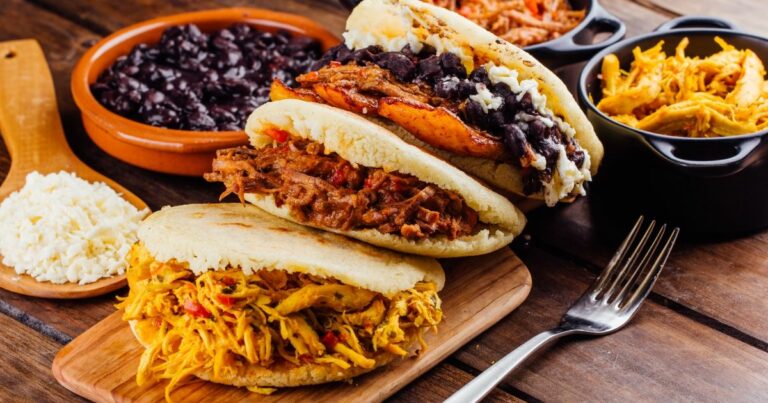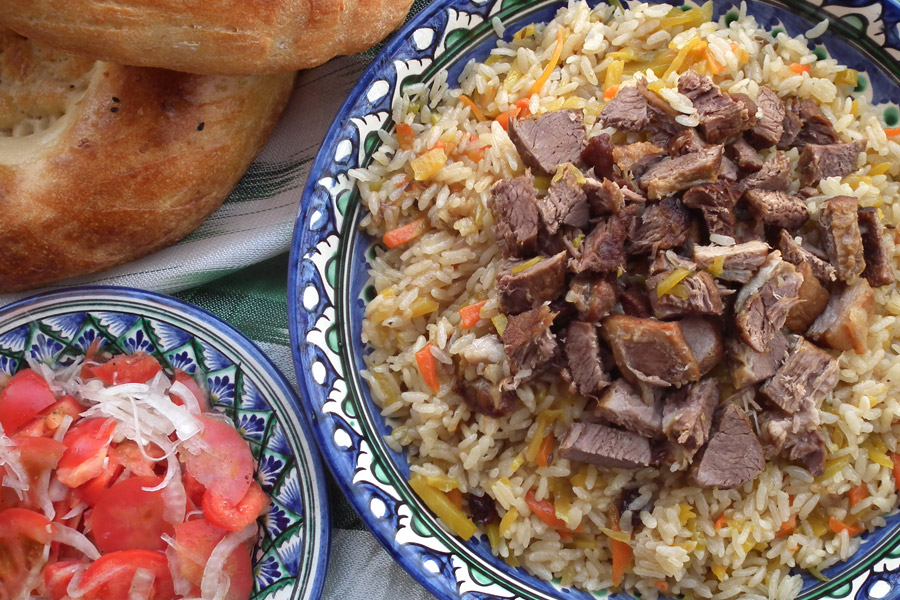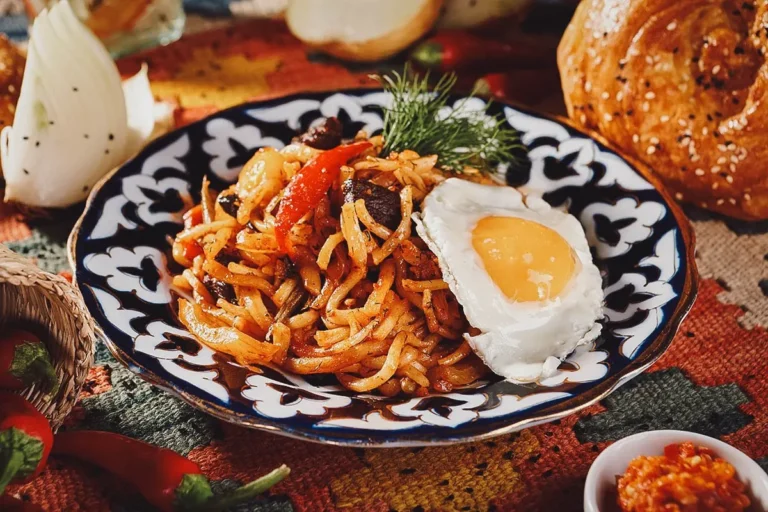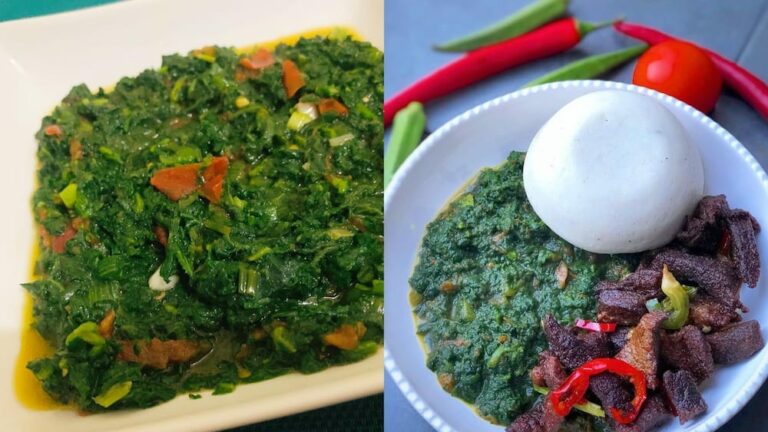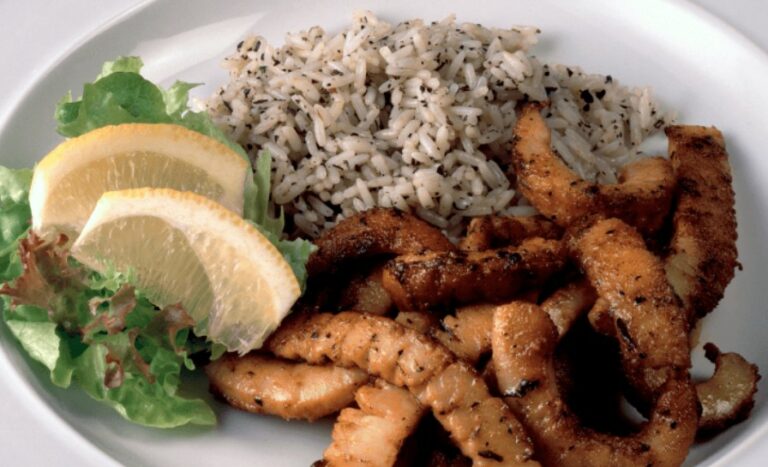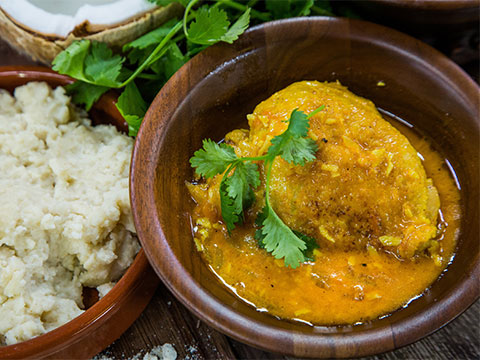Introduction: American Condiments and Sauces
Condiments and sauces are an important part of American cuisine. They can add flavor, texture, and depth to any meal. From classic condiments to new and innovative sauces, American cuisine has a wide range of options to choose from. In this article, we will explore some of the most common American condiments and sauces.
Ketchup: The Classic American Condiment
Ketchup is probably the most well-known American condiment. It is a thick, tomato-based sauce that can be used on almost anything. From burgers and hot dogs to French fries and eggs, ketchup is a staple in many American households. While traditional ketchup is made from tomatoes, sugar, and vinegar, there are many variations available today, including organic and low-sugar options.
Mustard: From Yellow to Dijon
Mustard is another classic American condiment. It is made from ground mustard seeds, vinegar, and other flavorings. Mustard comes in a variety of colors and strengths, from mild and yellow to spicy and Dijon. Mustard is often used as a condiment for hot dogs, sandwiches, and burgers, but it can also be used in marinades, dressings, and sauces.
Mayo: The Creamy Staple of Sandwiches
Mayonnaise, or mayo, is a creamy condiment that is used in many American dishes. It is made from oil, egg yolks, vinegar, and seasonings. Mayo is often used as a sandwich spread or as a base for salad dressings. It can also be used in dips, sauces, and marinades. Like ketchup and mustard, there are many variations of mayo available, including low-fat and vegan options.
Ranch Dressing: The Versatile Dip
Ranch dressing is a popular American condiment that is used as a dip, salad dressing, and sauce. It is made from buttermilk, herbs, and spices, and has a creamy texture. Ranch dressing can be used to add flavor to salads, vegetables, and meats. It is also a popular dip for chips and other snacks.
Hot Sauce: The Spicy Kick to Any Meal
Hot sauce is a spicy condiment that is used to add heat and flavor to many American dishes. It is made from chili peppers, vinegar, and other spices. Hot sauce can be used to add flavor to soups, stews, and marinades. It is also a popular condiment for Mexican and Tex-Mex dishes. There are many types of hot sauce available, from mild and sweet to hot and fiery. Some popular brands include Tabasco, Frank’s RedHot, and Sriracha.
In conclusion, American cuisine is full of delicious and versatile condiments and sauces. From classic ketchup and mustard to creamy mayo and ranch dressing, there is a condiment for every taste. Hot sauce adds a spicy kick to any meal, and there are many variations to choose from. Whether you’re grilling burgers, making sandwiches, or cooking up a stir-fry, American condiments and sauces are sure to enhance the flavor of your dishes.


